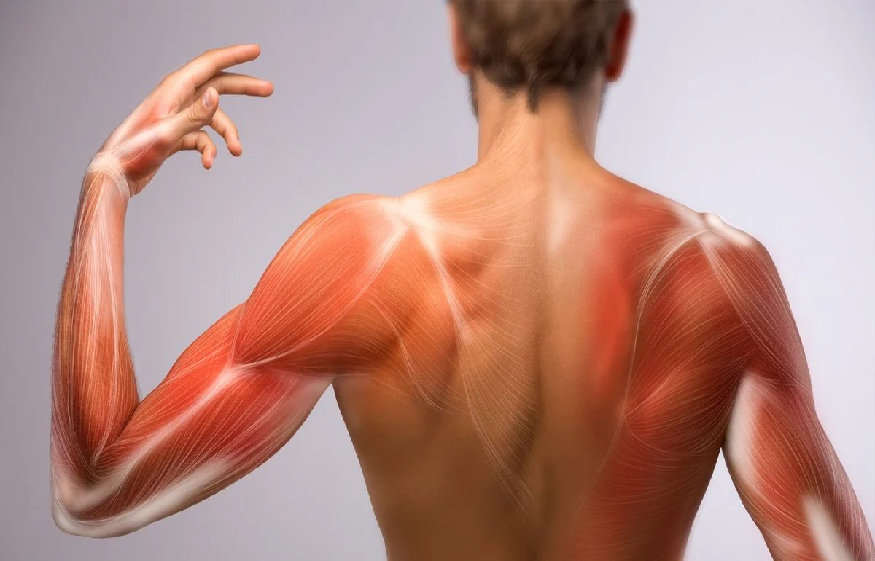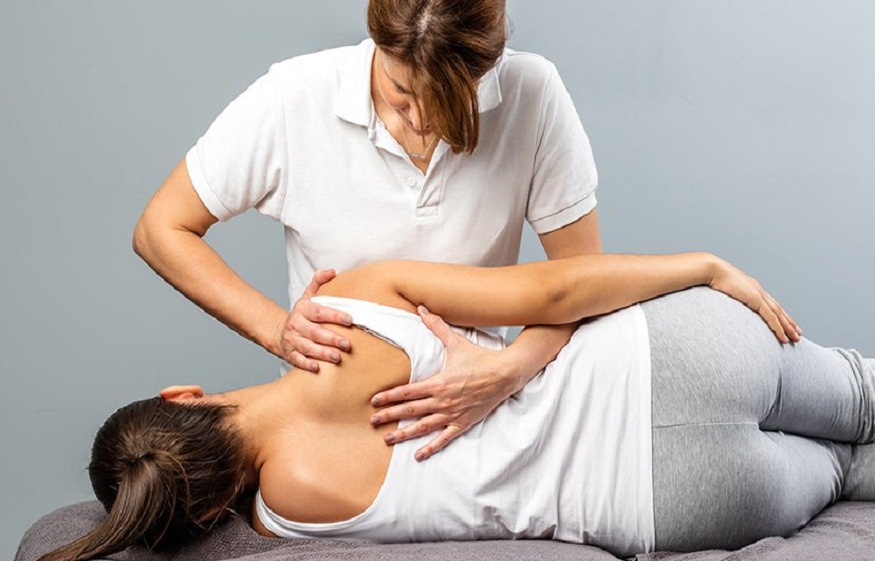Muscle aches after training, nighttime calf cramps, muscle contractures after a false move… Muscle pain is a real pain!
While these pains can affect quality of life, they are generally not serious and do not require the use of medications with many side effects. What is muscle pain? What home remedies can help you get rid of it?
Physiologically, these pains are difficult to differentiate because no test can really identify them. They are different from tears or strains which involve muscle lesions that can be seen by imaging.
The curvature
It is a muscular pain linked to an unusual physical effort. Micro lesions are sometimes present but the muscle fiber consolidates in a few days. They are a prerequisite for muscle strengthening if the athlete allows himself sufficient recovery and subsequently maintains his physical activity.
Contracture
A muscle contracture is defined as a prolonged and painful involuntary contraction of a muscle. Contractures that do not involve injury are generally benign, but can last longer than muscle soreness. They can occur at rest (primary muscle soreness) or following trauma (fall, false movement) or muscle injury (strain, tear). In the latter case, it is best to consult a doctor.
Cramps
Cramps are involuntary, transient contractions of a muscle. They often affect the calf muscle and are caused by impaired neuromuscular control or dehydration. Unlike spasms, the pain of cramps is short-lived but very intense. It usually subsides with a stretch of a few seconds.
There are natural and effective muscle relaxants to relax your muscles. These grandmother’s remedies are to be used on aches, contractures or even in case of cramps in all the muscles of the body (neck, back, shoulder blades, thighs, calves, etc.).
Attention
These natural tips are not intended to replace a medical consultation. If you are experiencing unusual pain or if pain persists or worsens, you should consult a doctor.
Arnica massage for muscle aches and contractures
Arnica in essential oil or massage oil is an effective solution to combat muscle pain (particularly contractures and cramps). The beneficial impact of arnica on pain relief may be the result of its anti-inflammatory, antimicrobial, antioxidant and immunomodulatory activities1. According to some studies, arnica has an activity comparable to standard analgesics, such as ibuprofen and diclofenac, for pain management. It also shows fewer adverse effects1.
Massage yourself with arnica oil
Pour a few drops of arnica oil into the palm of your hand. Then massage the painful area. You can apply pressure points for a few seconds (“trigger points”) on the most tense and painful areas. Be careful, if the area appears inflamed (redness, feeling of heat, swelling), consult a doctor.
Apply arnica essential oil to the pain
Arnica essential oil, more concentrated in active ingredients than massage oil, is also effective against muscle pain. You can mix it with a vegetable oil such as sweet almond oil, olive oil or calophyllum oil (which has the added bonus of toning blood circulation). You can also combine it with other essential oils with analgesic and anti-inflammatory effects such as bay leaf 2 or wintergreen 3 essential oil .
Alternating hot and cold for muscle pain
If you have muscle pain, some will tell you about the benefits of cold while others will recommend applying a heating patch to the affected area: find the mistake. Well, in reality, both heat and cold can relieve muscle pain. But it is even more judicious to alternate them.
The physiological effects of heat are: vasodilation of blood vessels, acceleration of blood circulation, increase of cellular metabolism and elasticity of tissues, alleviation of pain and stiffness, relaxation of muscles;
The physiological effects of cold are: vasoconstriction of blood vessels, local decrease in blood circulation, reduction of bleeding, inflammation, spasms and muscle pain, induction of temporary stiffness.
Instructions for use
Start by placing an ice pack on your tight and sore muscles for 20 minutes, then a heat pack for 20 minutes as well. Repeat several times a day.
Protein-rich meals to strengthen your muscles!
A grandmother’s diet worthy of the name always includes its share of meat or fish on the plate. Proteins play a key role in the growth, maintenance and renewal of fibers and tissues that make up muscles. They optimize recovery after physical effort by acting in particular on the repair of tissues damaged during training. If you suffer from muscle pain, it may therefore be recommended to consume proteins regularly.
Stock up on vitamins and minerals to combat muscle pain
Vitamins and minerals are the secret to good muscle health. Here is a list of micronutrients that are essential for the health of your little ones and that will protect you from muscle pain.



